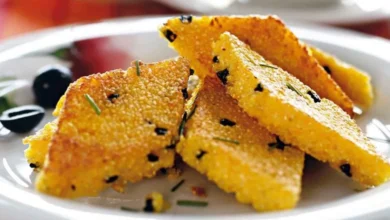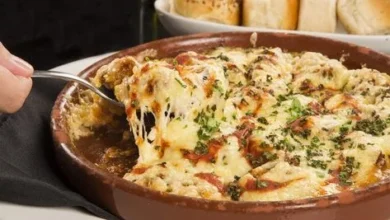Everything You Need to Know About the “Fur Hen” (Silkie Chicken)
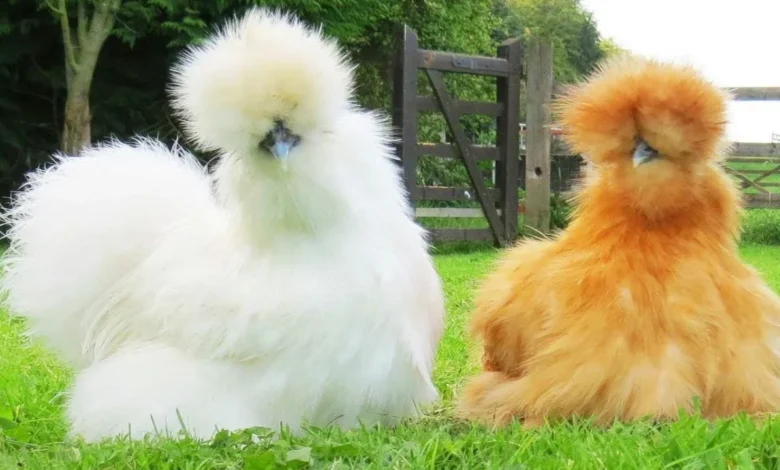
1. What Is a “Fur Hen”? Uncovering the Silkie Chicken
The term “fur hen” typically refers to the Silkie chicken, a special breed known for its soft, fluffy plumage, reminiscent of fur or silk. Unlike standard feathers with a structured, smooth form, Silkie feathers lack barbicels—the linking structures—resulting in a down-like, plush texture.
Beyond its fluffy exterior, this breed boasts peculiar features:
-
Black skin, bones, and flesh, a rare trait among chickens.
-
Distinctive blue earlobes and even five toes per foot—most breeds only have four.
2. A Rich History: Origins and Cultural Lore
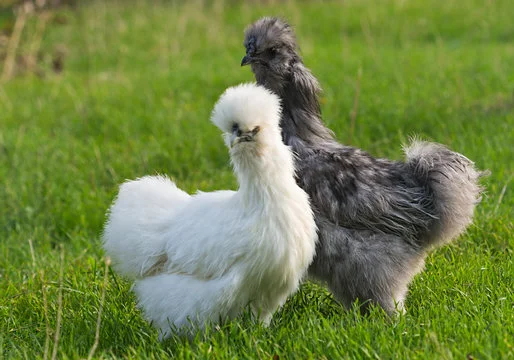
Silkies have an ancient heritage, with roots most often traced to ancient China, though Southeast Asia (e.g., Java, India) is also mentioned. Western awareness dates back to Marco Polo, who described a “furry” chicken during his 13th-century travels.
Early naturalists like Ulisse Aldrovandi (1598) documented “wool-bearing chickens clothed with hair like that of a black cat”.
Silkies reached the West through trade routes like the Silk Road and established maritime networks. The breed was officially recognized by the American Poultry Association in 1874. Sideshow myths even suggested they were offspring of a rabbit and a bird, or had actual mammalian fur.
3. Unique Traits That Make Silkies Stand Out
Silkies are beloved for these standout characteristics:
-
Fluffy, Fur-like Feathers – Their loose feather structure gives them a distinct, teddy-bear-like appearance.
-
Five Toes Per Foot – Known as pentadactyly, this is a rare anatomical trait among chickens.
-
Skin and Bones Are Dark-Colored – The black pigmentation extends well beneath the surface.
-
Soft and Docile Temperament – They’re calm, friendly, and gentle, making them ideal for children, families, and hobbyists .
-
Exhibition Appeal – The breed is a frequent feature in poultry shows, with recognized colors varying by region—Europe features up to ten varieties, while the US recognizes seven.
4. Keeping Silkies: Care, Behavior & Best Uses
Care & Environment
Silkies do best in well-protected environments:
-
Their fluffy plumage lacks waterproofing—keep them sheltered from rain and dampness.
-
Being smaller (often bantam-sized), they require less space but benefit from a dry, clean coop.
Behavior
-
Exceptionally friendly, often likened to lap pets.
-
Known for their broodiness—Silkie hens are excellent mothers, often sitting on and raising eggs from other chickens, ducks, or game birds.
Uses
-
Primarily kept as ornamental or pet chickens, due to their easygoing nature.
-
Popular in shows and exhibitions for their distinct look and demeanor.
-
Serve as natural incubators, thanks to their reliable maternal instinct.
5. Popular Varieties & Recognition Standards
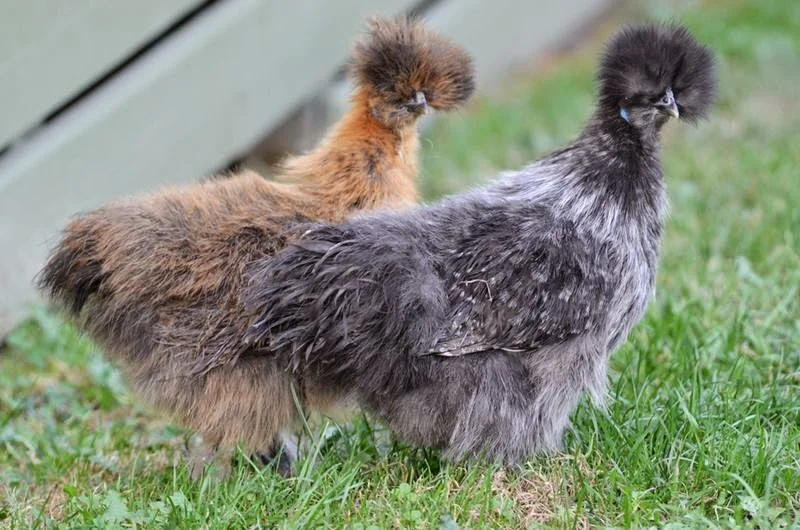
Silkies come in multiple variations recognized by different poultry associations:
-
Regions like Europe, the US, and the UK accept distinct color varieties and forms (bearded vs. non-bearded).
-
The breed appears in both bantam and standard sizes, with bantams being more common in the US.
-
Their unique traits—feathering, toe count, pigmentation—are often assessed in poultry shows, contributing to their popularity in the avian exhibition community.
6. Why Silkies Remain Beloved by Backyarders and Enthusiasts
Silkies aren’t just curious-looking—they carry genuine charm that keeps enthusiasts coming back.
-
Aesthetic Cuteness – Their fluffy, soft appearance and compact size make them irresistibly adorable.
-
Gentle Personalities – Known for being calm and affectionate, they make great beginner breeds.
-
Brooding Instincts – Silkies excel at hatching eggs, even those of other species, thanks to their maternal nature.
-
Educational & Fun – Great for family flocks—they’re safe around kids and a delight to observe.
These traits give Silkies a trifecta of appeal: visual charm, nurturing behavior, and friendly disposition.
Conclusion
In essence, the “fur hen”—the Silkie chicken—blends history, genetics, and personality into one fluffy package. From ancient Asian roots to modern-day backyard homes, Silkies continue to enchant with their plush feathers, gentle nature, and maternal instincts. Whether you’re into poultry hormones, pet chickens, or simply a fan of unique animals, Silkies are sure to warm your heart.



